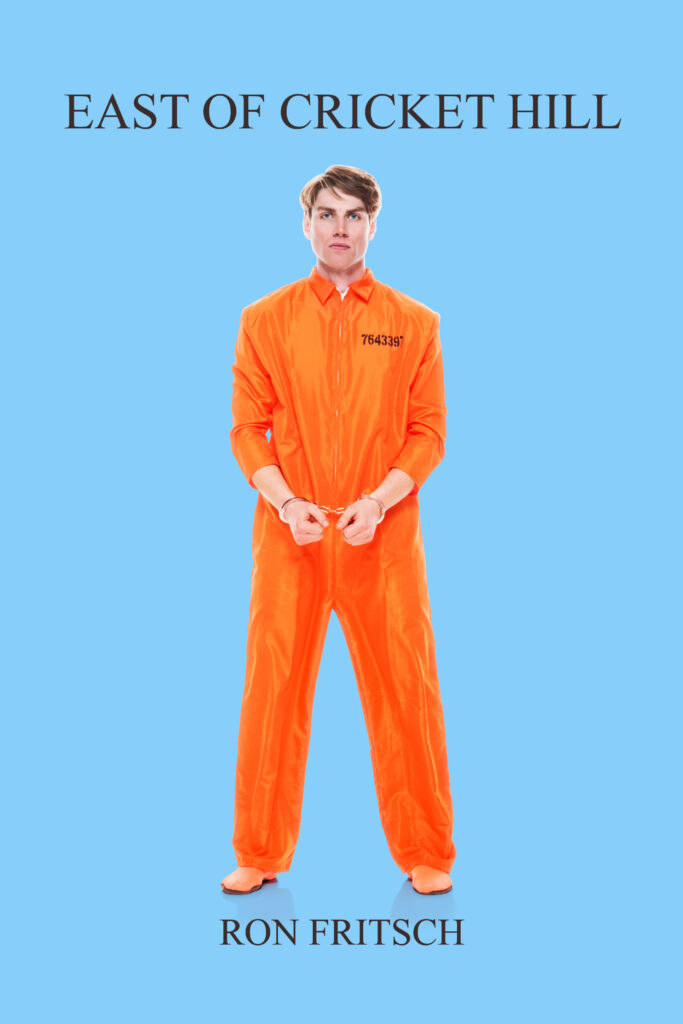
East of Cricket Hill, published in July 2024, is Ron’s 12th novel.
In the turbulent late 1960s in Chicago, Colin, 22, faces a murder charge after the police find Oliver, 67, the wealthy man he lives with, dead in his bedroom. Tyler, also 22, Colin’s secret lover, fears he’ll lose Colin to life in prison or death in the electric chair.
Amazon offers a paperback edition for $9.99, an ebook edition for $2.99 and an audiobook edition for $3.99. Other online bookstores offer an ebook edition for $2.99.
East of Cricket Hill has been selected as a Book Excellence Award Finalist for 2024 in the LGBTQ Fiction category.
Reviews (to read the full review, please click on the link at the end of the excerpt):
5 stars. East of Cricket Hill is a gripping and poignant gay drama set in the tumultuous late 1960s. Fritsch skillfully weaves together a narrative that manages to capture the essence of the era, while delving into the complexities of the characters. At the core of the narrative is the love story. I really enjoyed reading another fantastic story by Ron Fritsch. Readers will enjoy his powerful storytelling in East of Cricket Hill. Paige Lovitt for Reader Views
A tense, gripping, and unflinchingly honest portrayal of love and justice amidst systemic corruption, set against the turbulent backdrop of the 1960s. Drawing on his background as a lawyer and gay man, Fritsch infuses the courtroom scenes with genuine authenticity. The story is packed with tension and drama, with each scene raising the stakes. The novel underscores the era’s battleground of love and identity. An addictive legal drama that deftly explores identity, bigotry, and the quest for justice. The Prairies Book Review
Author Fritsch’s real-life courtroom representation of indigent clients for over thirty years and his life experiences as a gay man and supporter of LGTBQ causes lend a strong note of authenticity to the court scenes. His craft-worthy courtroom scenes add spice, as do his supporting characters. The compelling plot has a magnetic undercurrent of potential disaster that holds the reader’s attention until the climax and resolution are revealed. Kate Robinson for The US Review of Books
5 stars. East of Cricket Hill is a haunting narrative, a powerful exploration of identity, love, and complex relationships. It is a compelling examination of love and the sacrifices it demands. This intelligently plotted tale is emotionally rich and psychologically exciting. You’ll love the intriguing characters, the superb storytelling in the first-person narrative voice, and the clever handling of conflict, which drives the plot steadily forward. Louise Garten for The Book Commentary